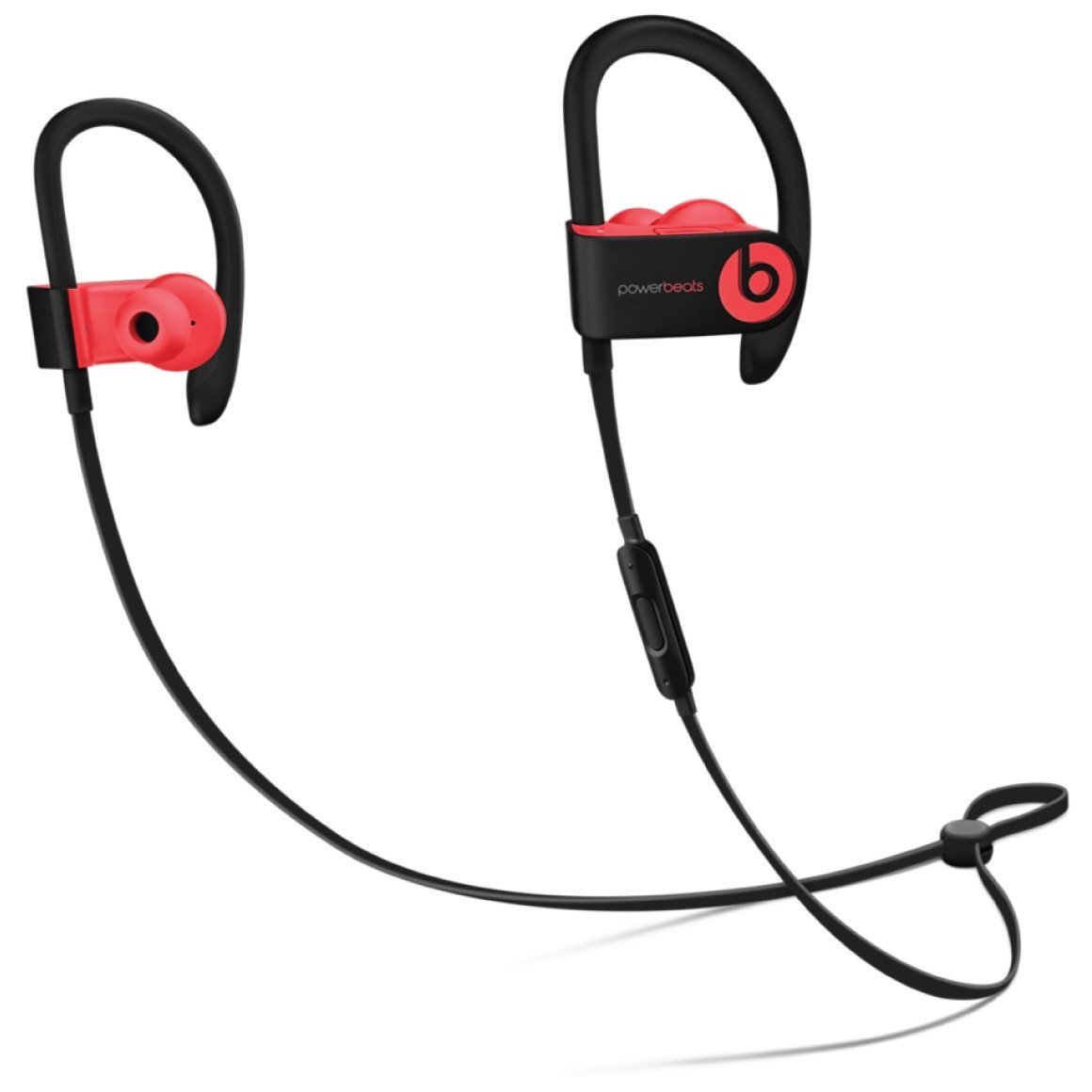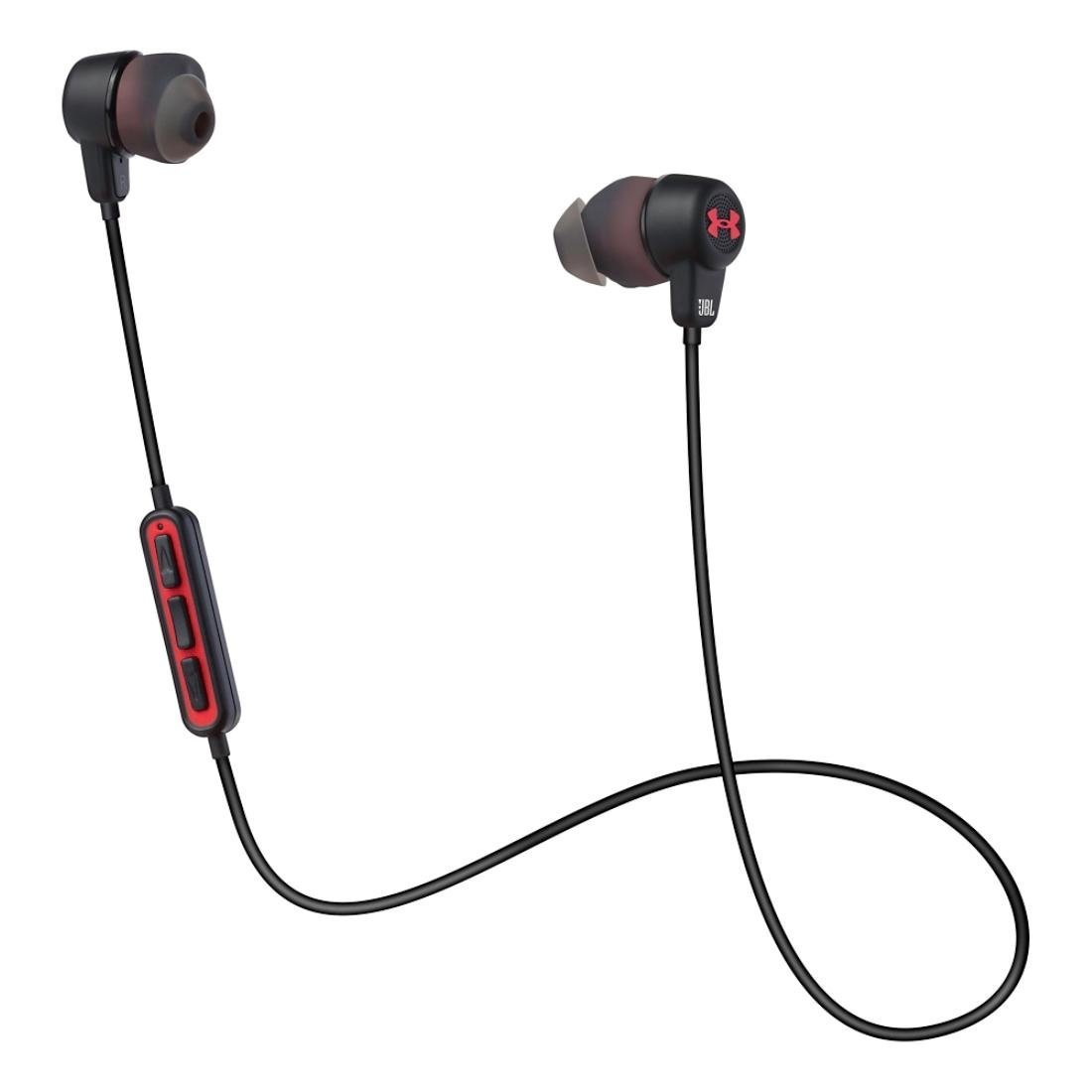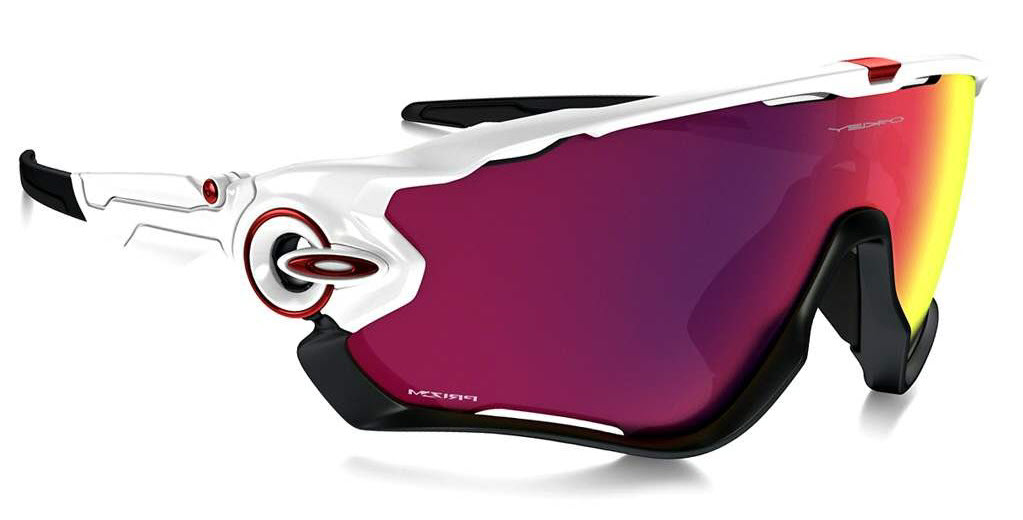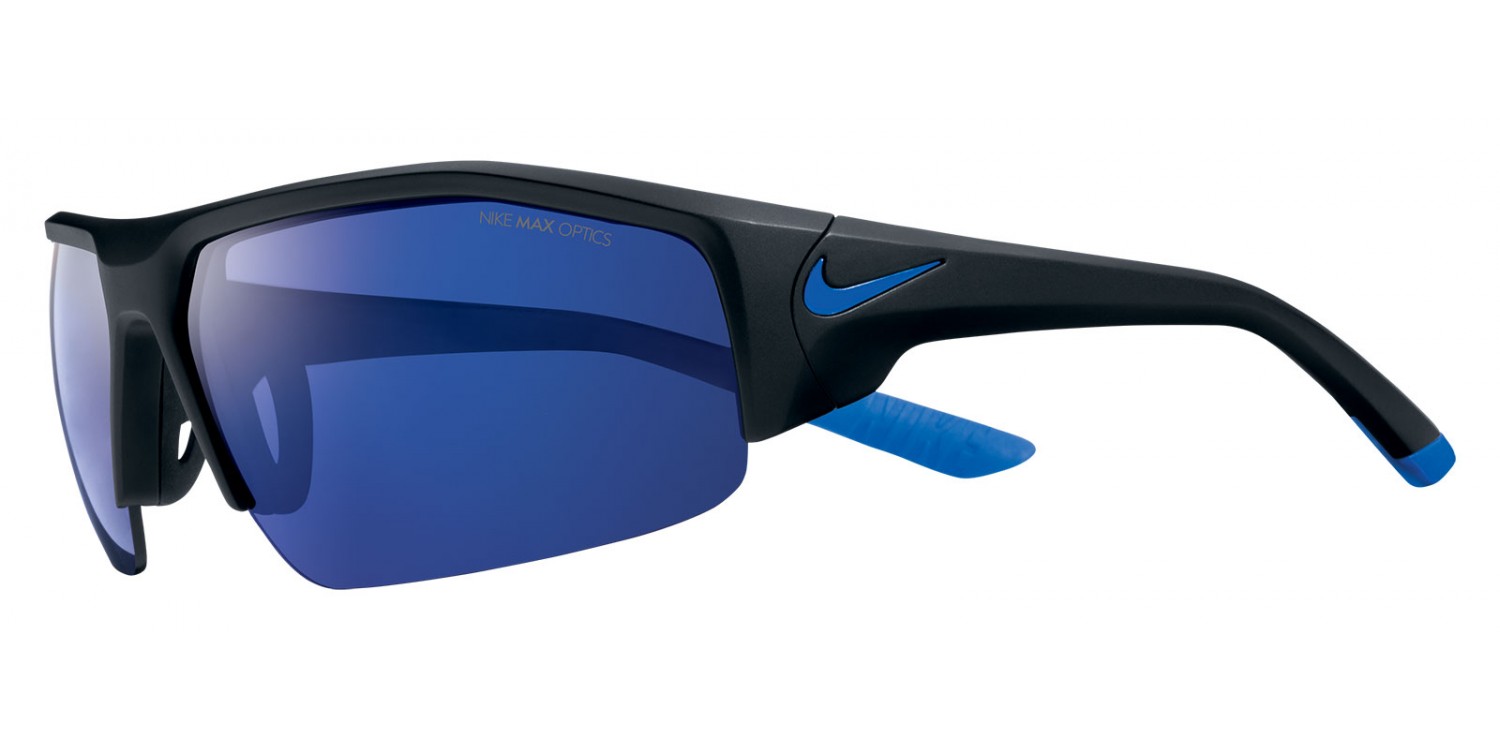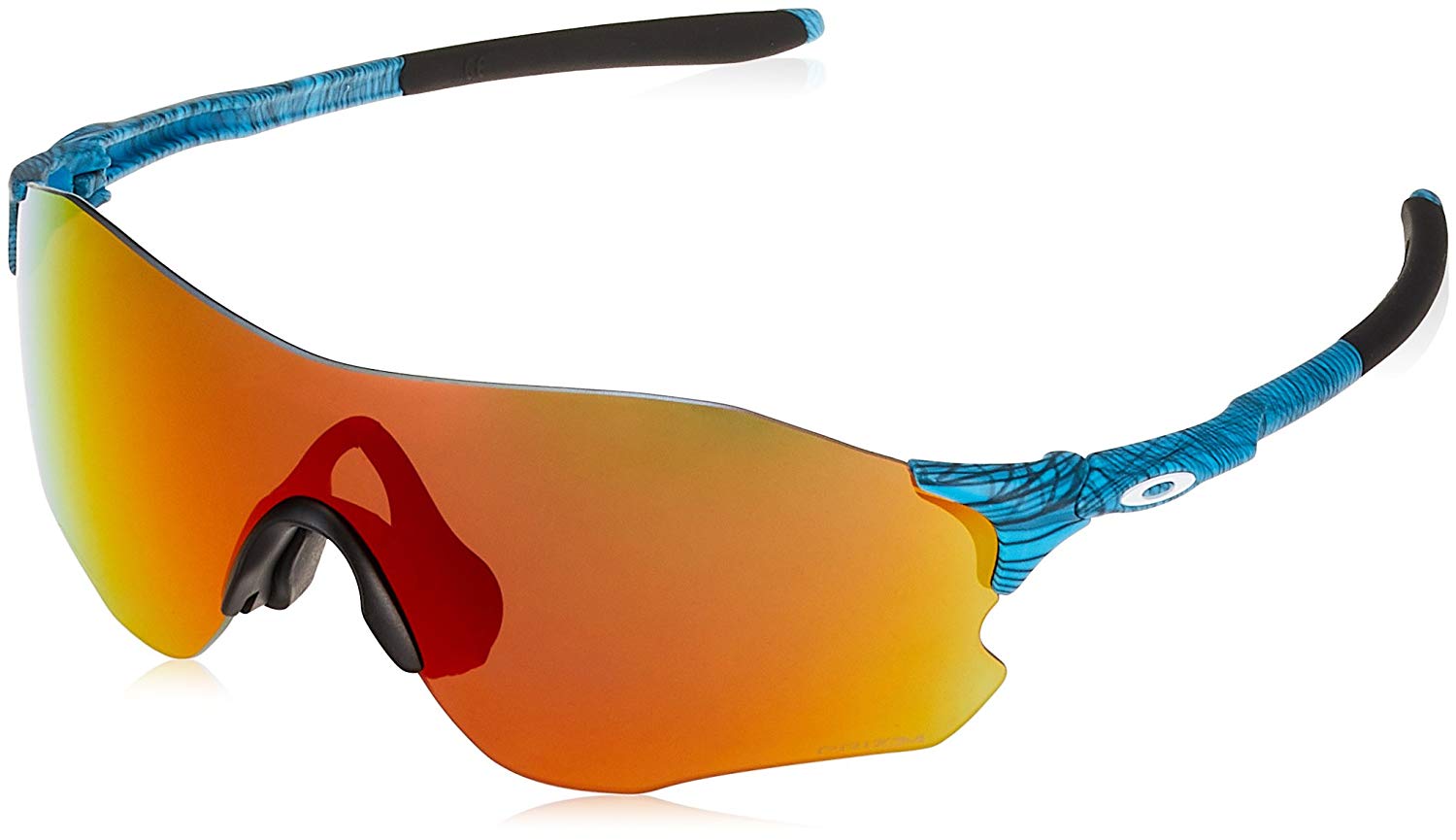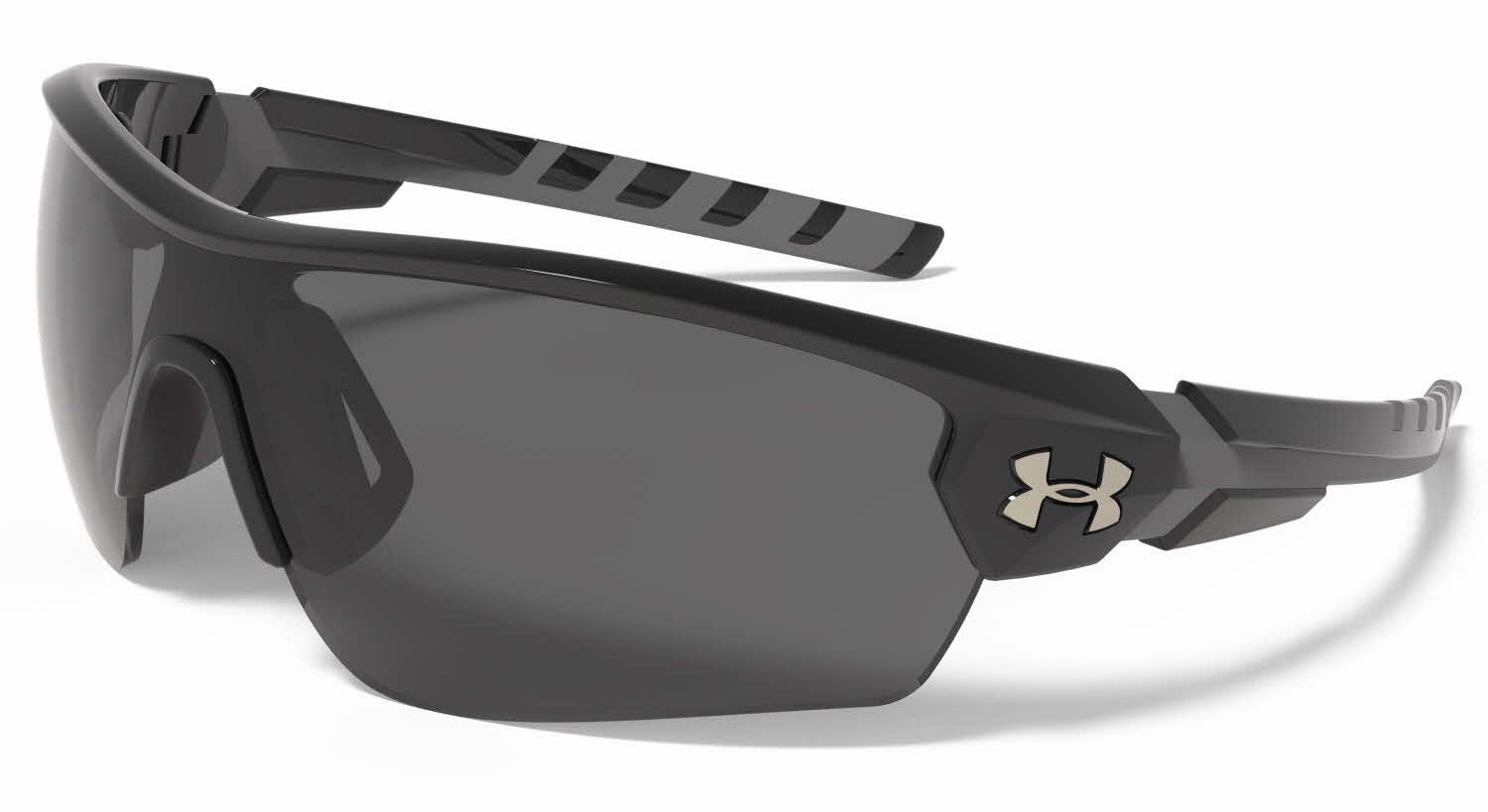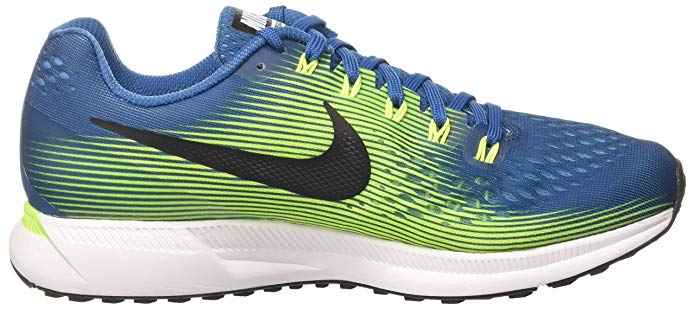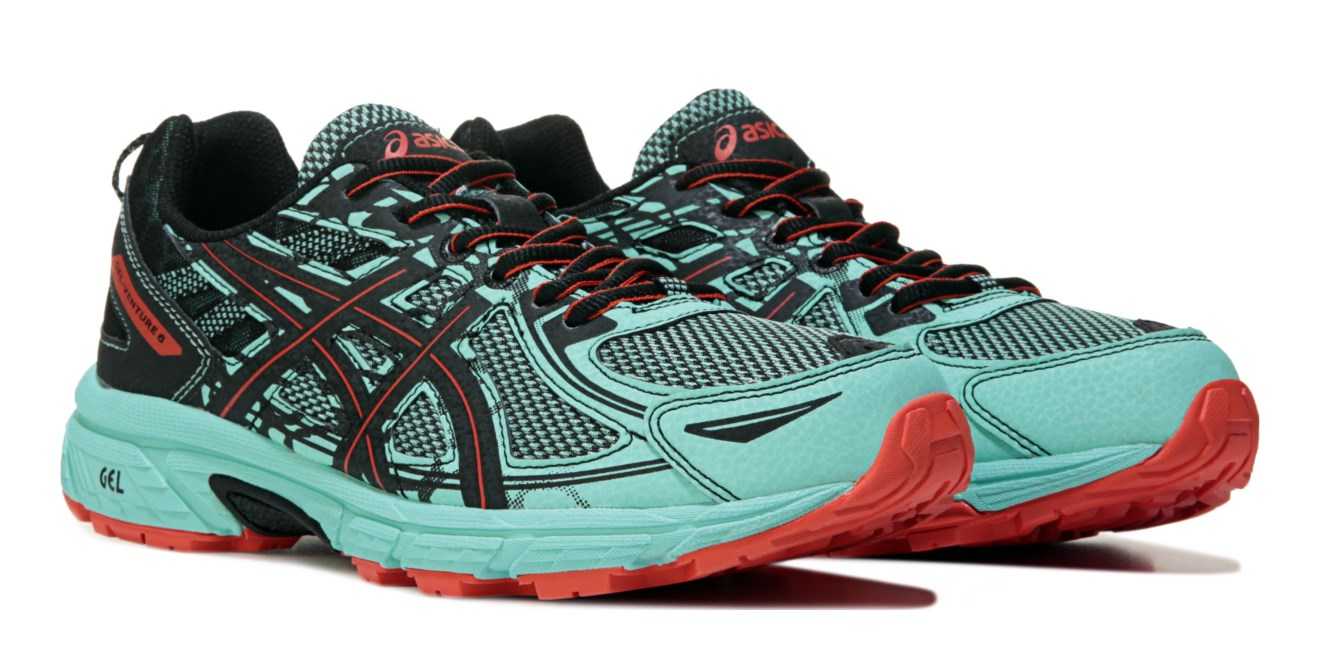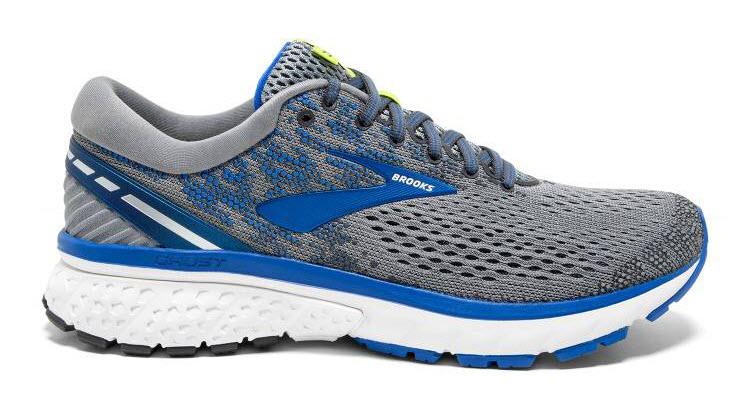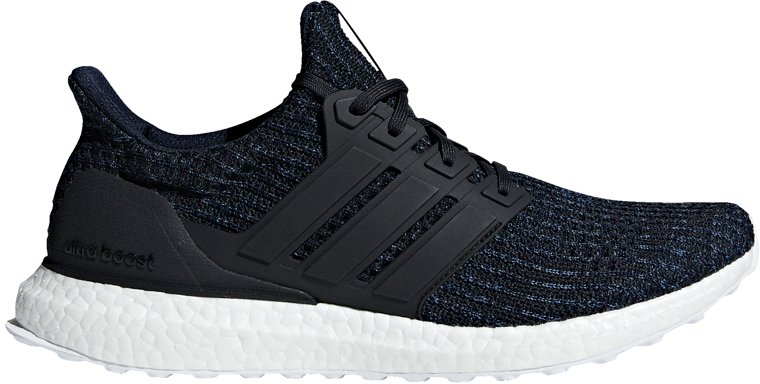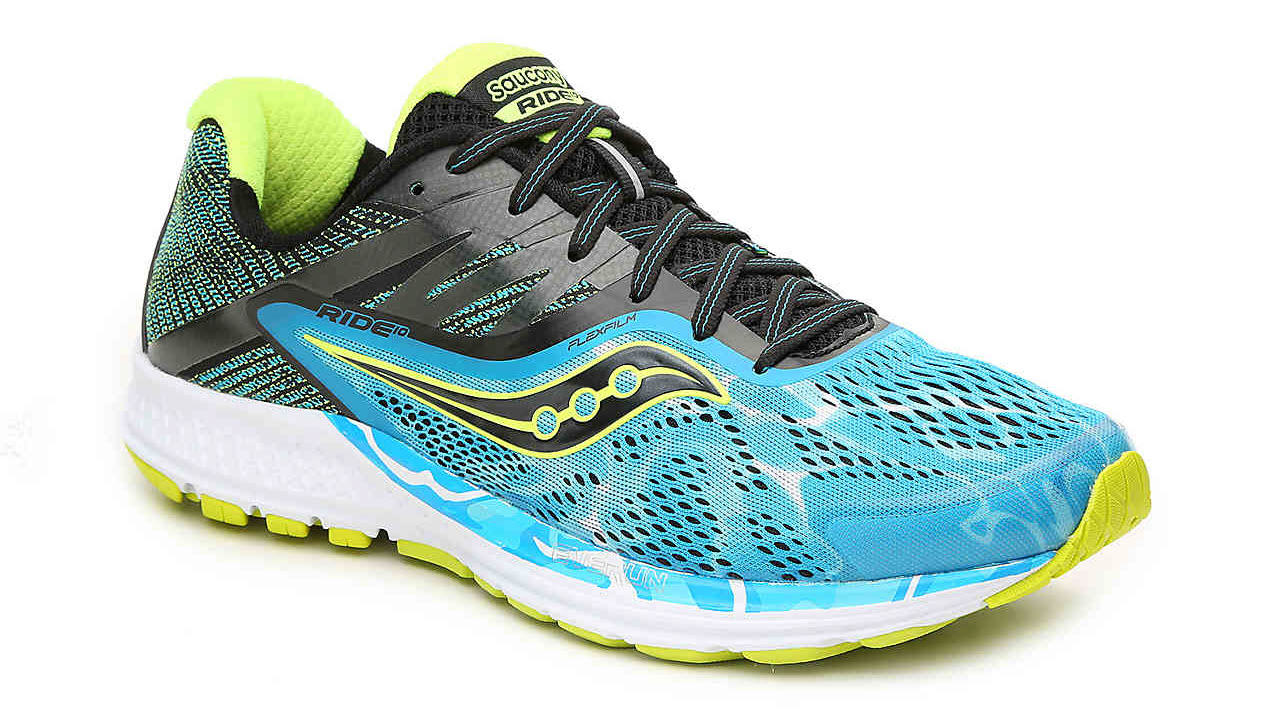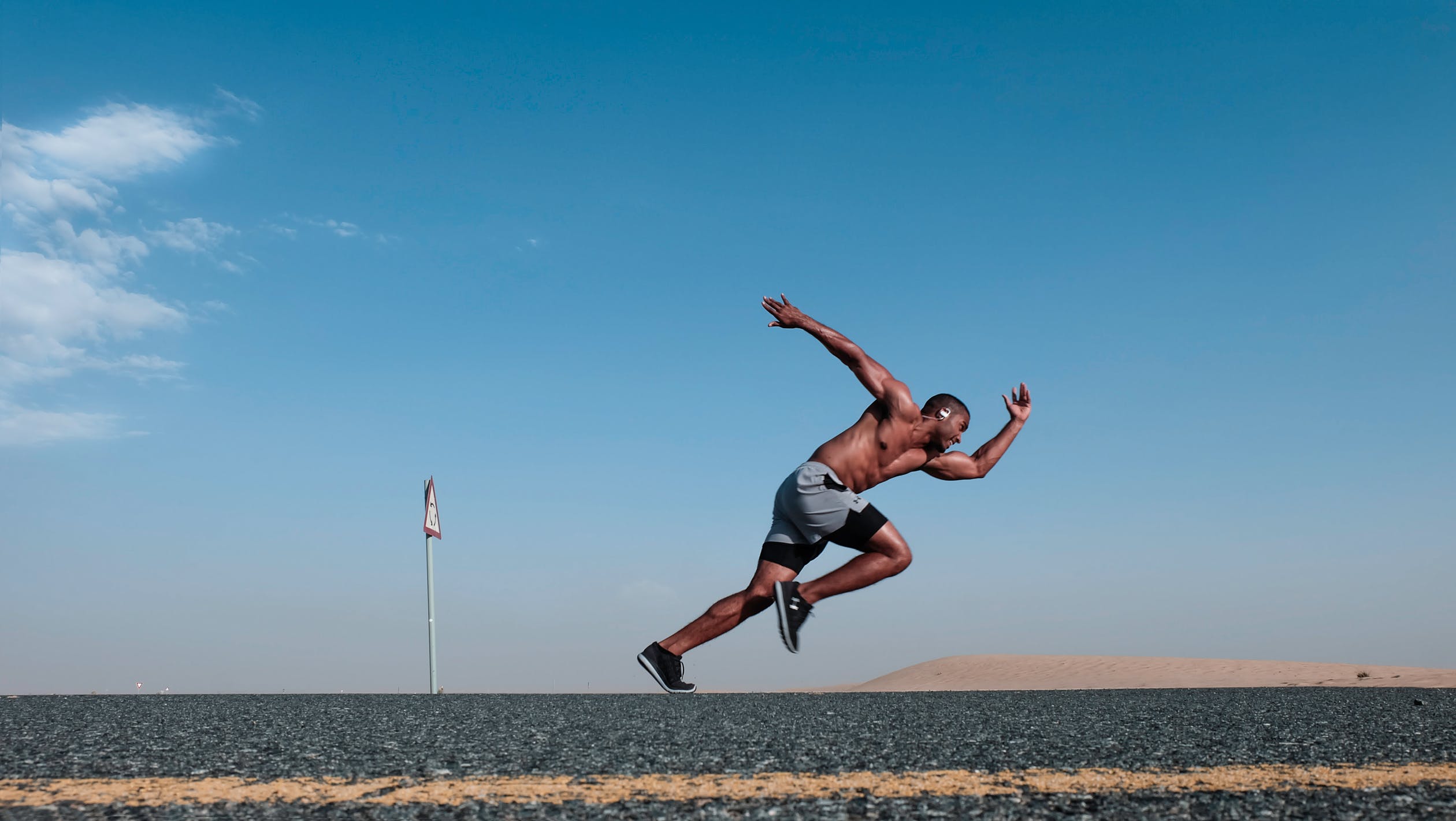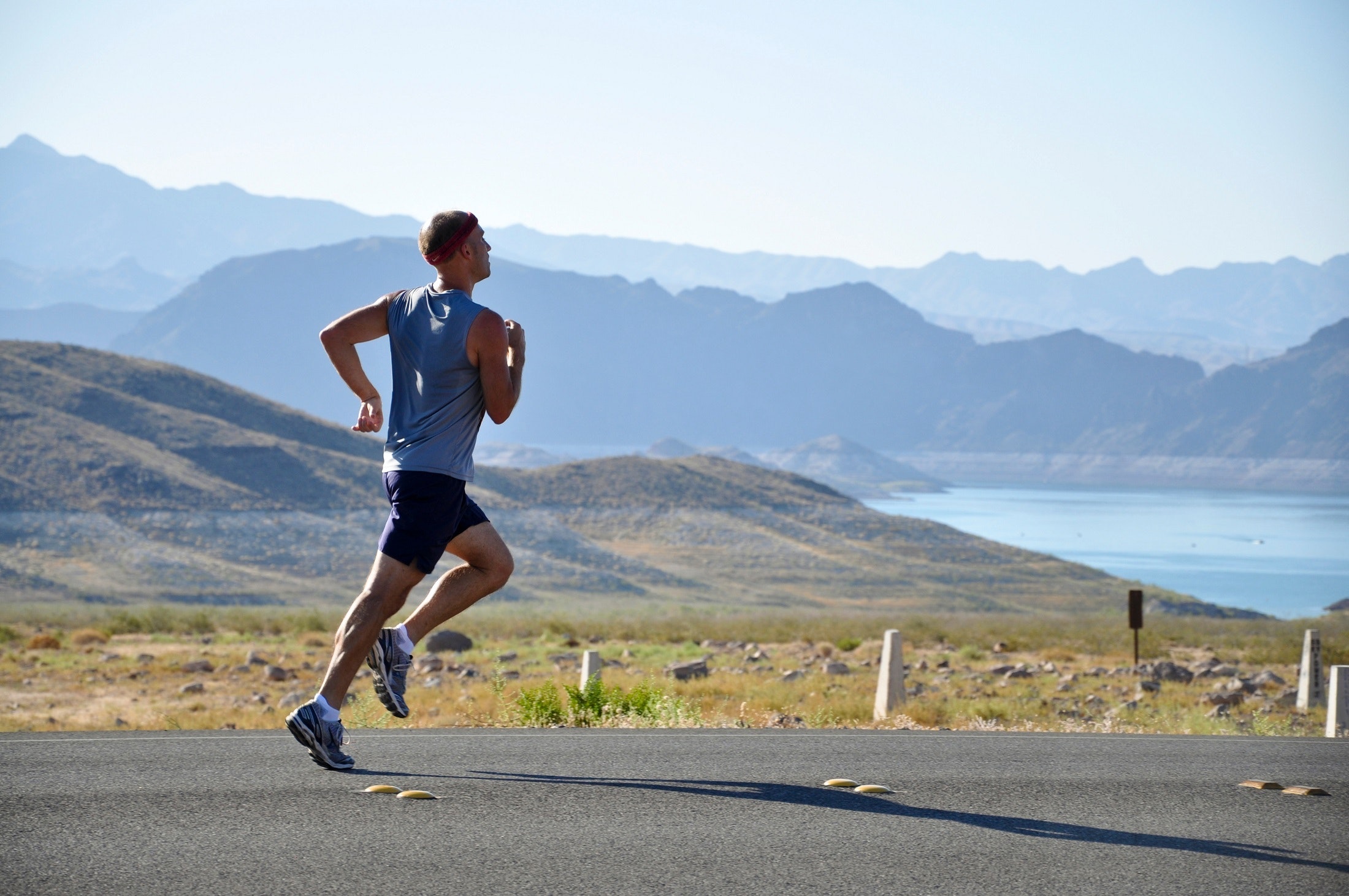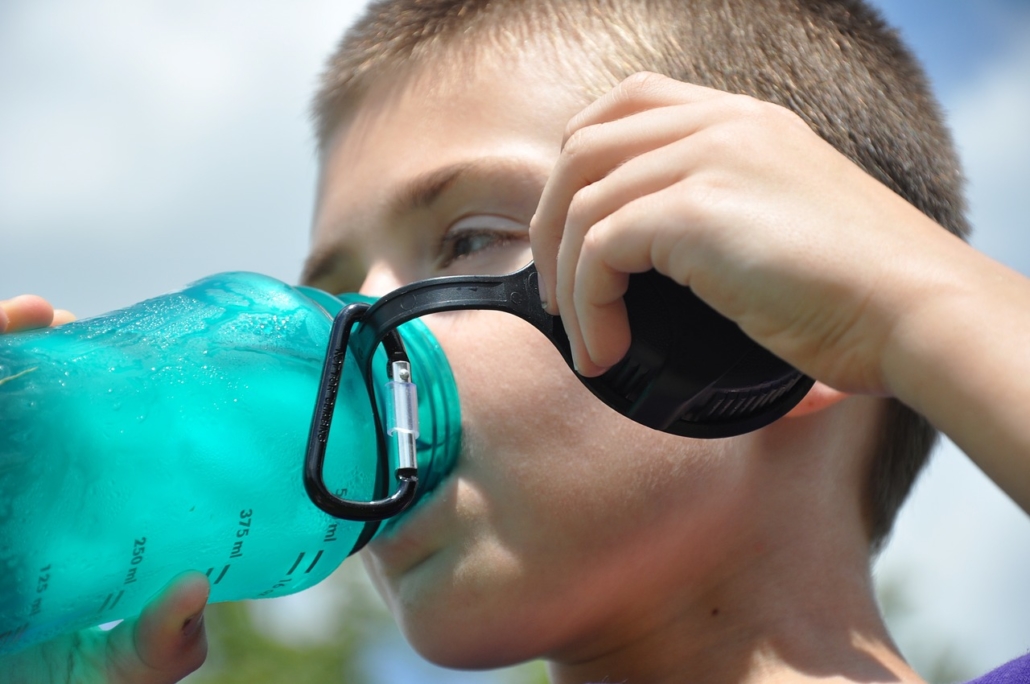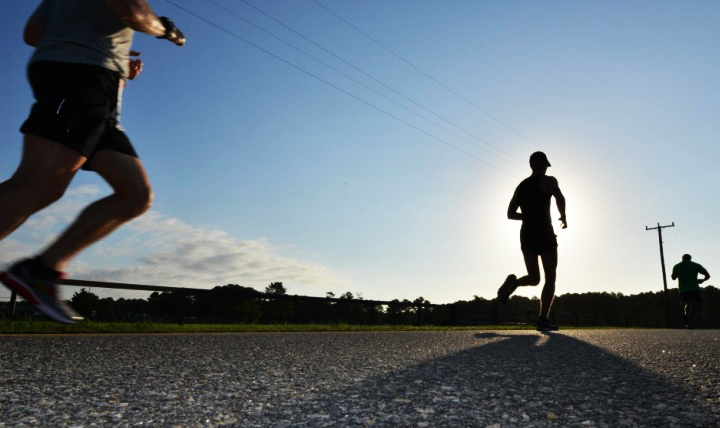Top 5 Best Wireless Earbuds for Running
The best pair of headphones for running need to be sweat-proof, lightweight and offer a quality listening experience without breaking the bank. Given this criteria, we’ve selected the best 5 earbuds for runners. You pick the music, and we’ve got just the headphones for you.
Bose Soundsport Wireless Earbuds
The Bose Soundsport Wireless Headphones offer a high-quality audio experience and uses the Bose active EQ to provide a balanced sound at any volume with the convenience of wireless connectivity. The StayHear+ earbud sweat- and water- resistant sport tips keeps the headphones in place, and with up to 6 hours of battery life per charge, these Bose headphones will power you through any workout.
The Bose Soundsport headphones use Bluetooth and NFC pairing technology uses the in-line mic control to easily control volume, change songs and take calls on your run. Get your Bose Soundsport Wireless Headphones today on Amazon here.
Jaybird x3 Wireless Earbuds
Designed to be as small and lightweight as possible, the Jaybird X3 Headphones are built to last with a sleek design that’s sweat-proof, water-proof and great for all weather conditions and workout types. These headphones offer a secure fit and come with multiple sizes of patented silicon and Comply ear fins and tips for maximum “noise isolation, fit, and comfort.”
Additionally, the X3 Headphones have an 8-hour battery life and with the use of the MySound App, you can tweak and customize the sound “of your X3 headphones for a personalized experience.” The Jaybird X3 are available on Amazon here.
Beats Powerbeats3 Wireless Headphones
The Beats Powerbeats3 headphones are stylish, durable and offer a quality sound — all with a wireless design and secure fit that moves with you. Thanks to the flexible, secure-fit ear hooks and 12 hours of battery life, the Powerbeats3 headphones offer peace of mind and an element of stability to help you power through long, extensive workouts.
Once you buy, the Beats Powerbeat3 box comes with the Powerbeats3 Wireless headphones, ear tips with four size options, a carrying case, along with the universal USB charging cable. And if you’re running behind, the Fast Fuel 5-minute charge gives you 1 hour of playback when the battery is low. The Powerbeats 3s are on sale now at Amazon.com.
Apple AirPods Wireless Earbuds
While late to the market, the Apple AirPods offer the most convenient, wireless design for runners. AirPods stay fit in your ears, don’t use wires to connect the earbuds and automatically connect to your Apple devices. The high-quality AAC audio uses dual beamforming microphones to filter out background noise to help provide a quality listening experience.
You can take calls, switch songs or talk to Siri right from your AirPods and offer 5 hours of listening time on a single charge thanks to the W1 chip. Made for active people, the AirPods use a charging case that holds multiple additional charges equating to more than 24 hours of listening time. In fact, just 15 minutes in the case gives you three hours of listening time. Read the reviews on AirPods at Amazon.com.
JBL Under Armour Wireless Sport Earbuds
The JBL Under Armour Wireless Sport Headphones are very popular and known for their proven ergonomic ear tip that was designed for athletes in mind. The twist and lock technology keeps these headphones in place and are guaranteed to never hurt or fall out of your ears while you workout. And thanks to the 5.8mm dynamic Drivers, the compact-size of these headphones doesn’t stop Jbl’s legendary pure bass performance from driving you towards the finish line.
The Bluetooth connectivity capability helps you perform at your best with a wire free workout that uses an inline 3-button microphone to help you take calls, change the volume and so much more. These headphones are sweat resistant and extremely durable. The JBL Under Armour Wireless Sport headphones sell out fast and can be found on Amazon.com.
Whether you go with the stylish Powerbeats3 or completely wireless Apple AirPods, all these headphones offer a quality listening experience that will help you power through any workout.



